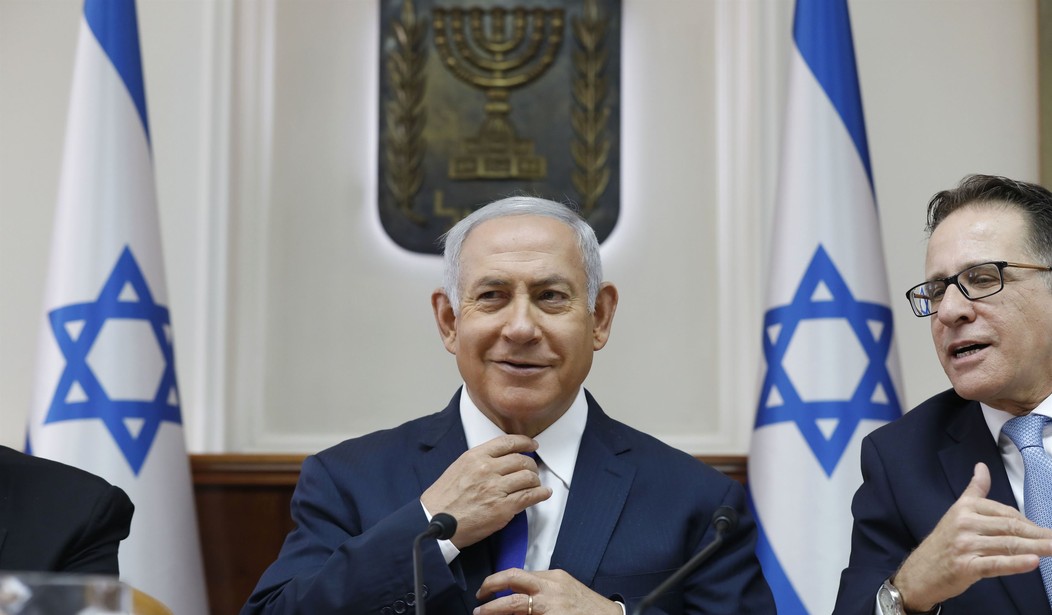A milestone worth celebrating with a thread. More than 60 percent of the Israeli population has now received at least one dose and almost 58 percent are fully vaccinated. And most of those who aren’t are children, of course, who are less likely to develop severe cases if infected.
Result: They’re livin’ the dream.
In data released Friday, the death toll remained unchanged from the day before at 6,346. The last date there were no new fatalities was June 29, when morbidity levels remained subdued following the initial coronavirus wave.
The ministry said of the 35,027 tests performed Thursday, 129 new cases were recorded, a positive test rate of 0.4 percent…
“This is a tremendous achievement for the health system and Israeli citizens. Together we are eradicating the coronavirus,” Health Minister Yuli Edelstein tweeted Friday.
Israel has now dropped its outdoor mask mandate and all students from grades K-12 have been back in classrooms since Sunday. Things are going so well that the health minister believes they won’t need to vaccinate anyone under 12, as they’ll be able to reach herd immunity without kids.
Here’s what the curve of deaths from COVID looks like. Their peak day was 101 dead in late January and their peak seven-day average was 65, from around the same time. The seven-day average is now down to … five.

From 65 deaths to five is a 92 percent reduction. A comparable reduction for the U.S. given our current seven-day average of 730 deaths per day would drop us to just 55 or so. Whether we can get to 58 percent vaccinated is another matter; we’ve already given at least one shot to 41 percent of Americans, but only 27 percent are fully vaccinated and not everyone shows up to their appointment for a second dose. We’d have to more than double the share who are completely immunized in order to match Israel at a moment when demand is already beginning to decline here. I’m not optimistic.
Since we’re on the subject of the best-case scenario for the world on COVID, let’s spend a minute on the worst-case scenario. Yesterday India saw 332,000 cases, a new global record. The scariest detail isn’t the number of infections, it’s the ubiquitous reports of how overwhelmed their hospitals are. They can’t produce enough oxygen for everyone who needs it and there aren’t enough hospital beds to go around. A Time report describes the scenes in those hospitals as “apocalyptic,” with one toilet per 20 COVID patients mentioned in one case. And as I noted a few days ago, there’s good reason to believe the true daily death total is much, much higher than the 2,000 or so that the Indian government is reporting:
Three health officials who asked to remain anonymous told me they believe that the daily number of COVID-19 deaths in India has already crossed the 10,000 figure. There is no escape from it; in the past week alone, I have lost four people to COVID-19—a distant relative, my next-door neighbor, and two of my closest friends, both in their mid-30s.
Increasingly, people are dying in plain sight. On Friday, Delhi’s leading Gangaram Hospital issued an SOS that it only had enough oxygen left for two hours and that 25 patients had already lost their lives in the hospital due to oxygen shortages. Videos show people stealing oxygen cylinders for their relatives. One devastating video from the BBC shows a woman trying to help her dying brother regain consciousness. “Bajali, why don’t you wake up?” she cries…
We might also ask how many deaths the government is attempting to hide. In the state of Uttar Pradesh workers were pictured covering the crematorium with tin sheets.
The jury is still out on whether India’s “double-mutant” variant of the coronavirus is a special factor in the spread but early data suggests that it’s more contagious, which would help explain how India’s epidemic curve suddenly went nearly vertical. What can we do to help? Well, says economist Alex Tabarrok, we could start by donating the millions of doses of AstraZeneca’s vaccine that we have stockpiled and aren’t using. And we should make sure we’re not hoarding supplies needed for vaccine manufacturing that India also depends on, as apparently there’s already some anger there at the U.S. due to the perception that we’re being greedy by sitting on many millions more doses than we need. The pandemic will end eventually and we’ll need good relations with Asia, particularly a major regional power like India. Give ’em the AZ vaccines, at least.
The State Department was asked today about helping India and replied that “we have a special responsibility to the American people” and “It’s of course not only in our interest to see Americans vaccinated; it’s in the interests of the rest of the world to see Americans vaccinated.” The Times of India interpreted that as meaning that “Indians’ vaccination was less important.” Hoo boy.








Join the conversation as a VIP Member